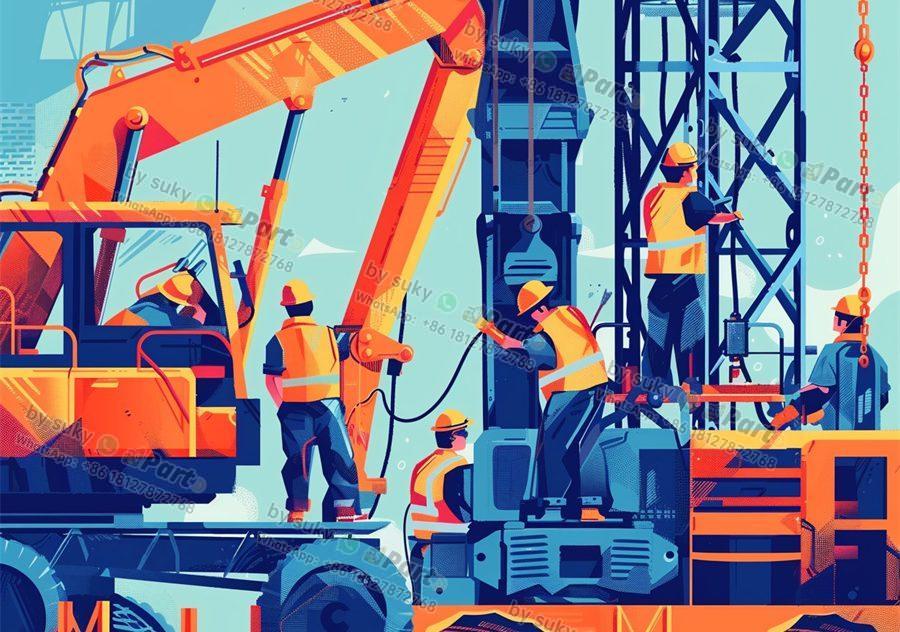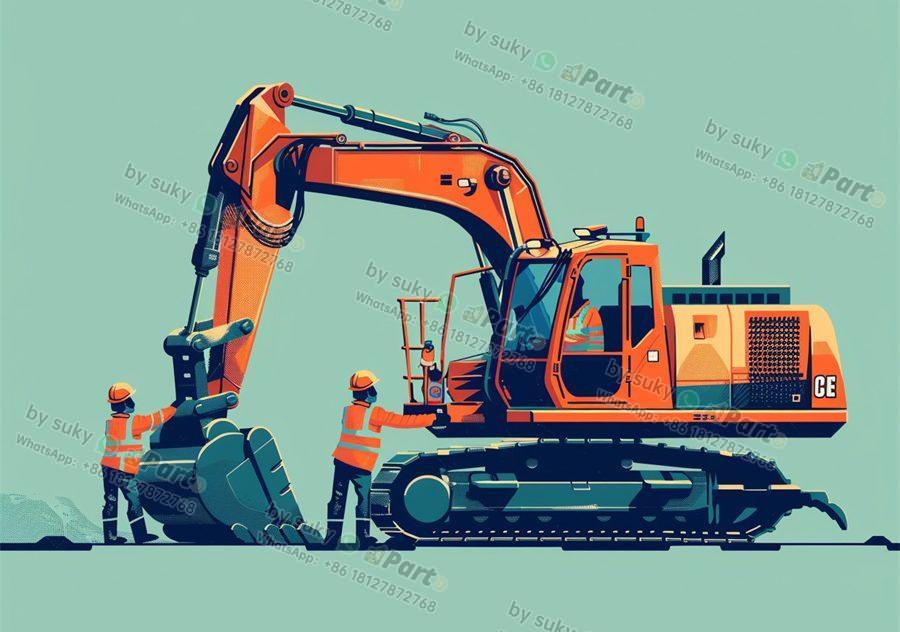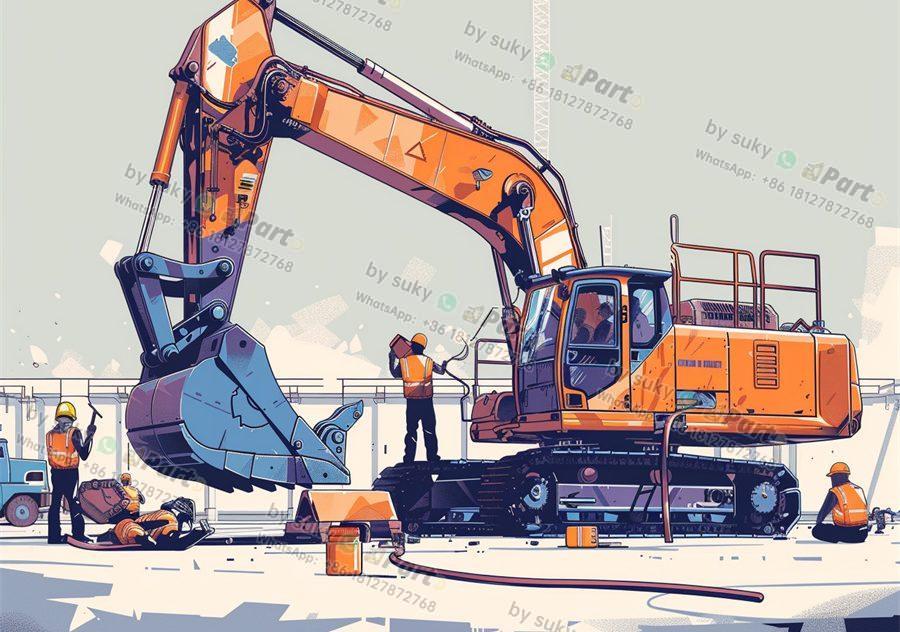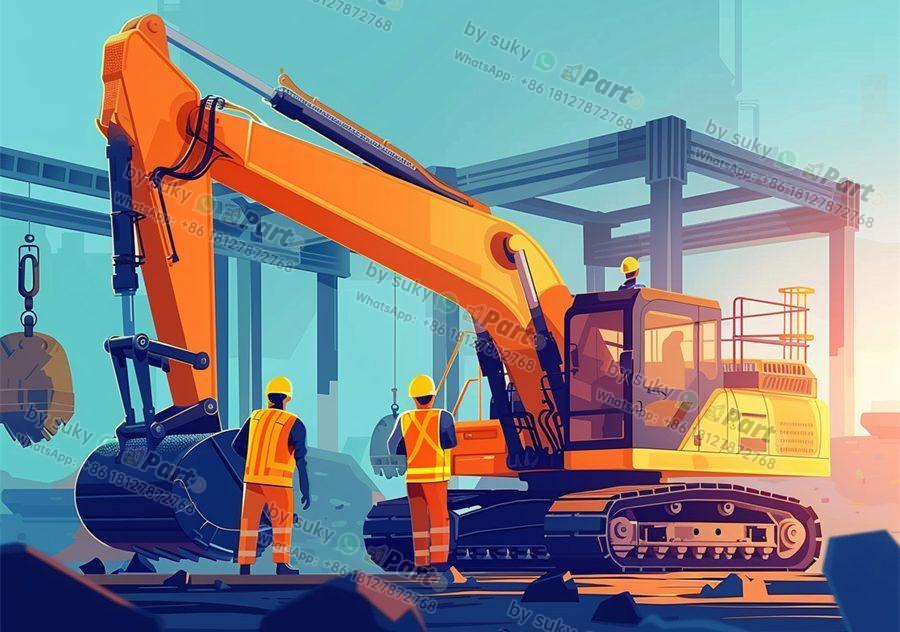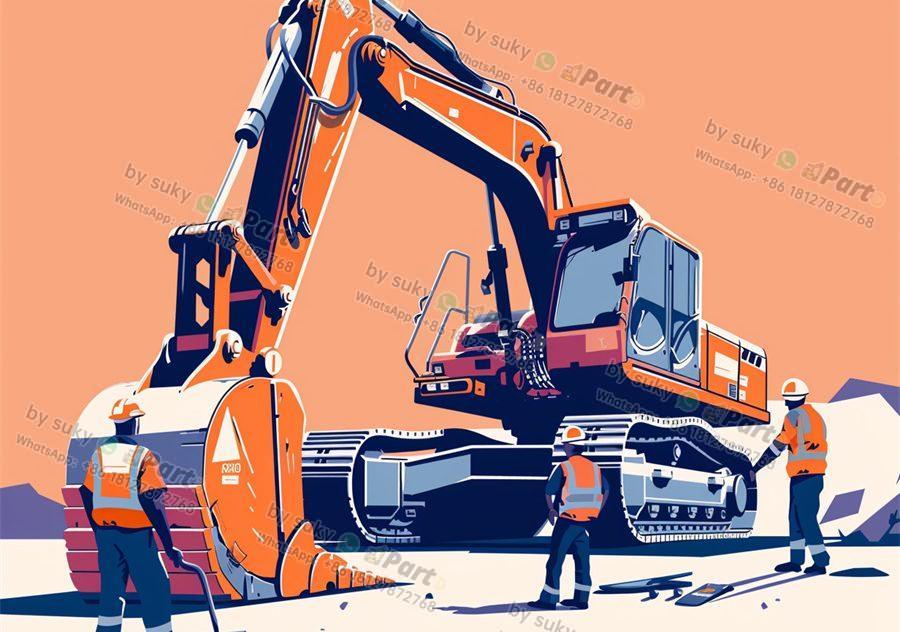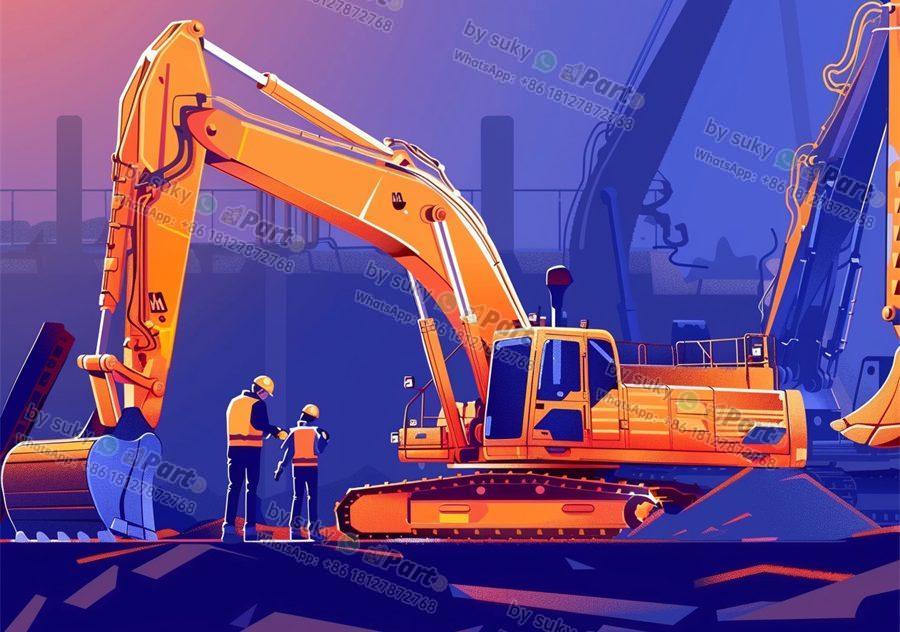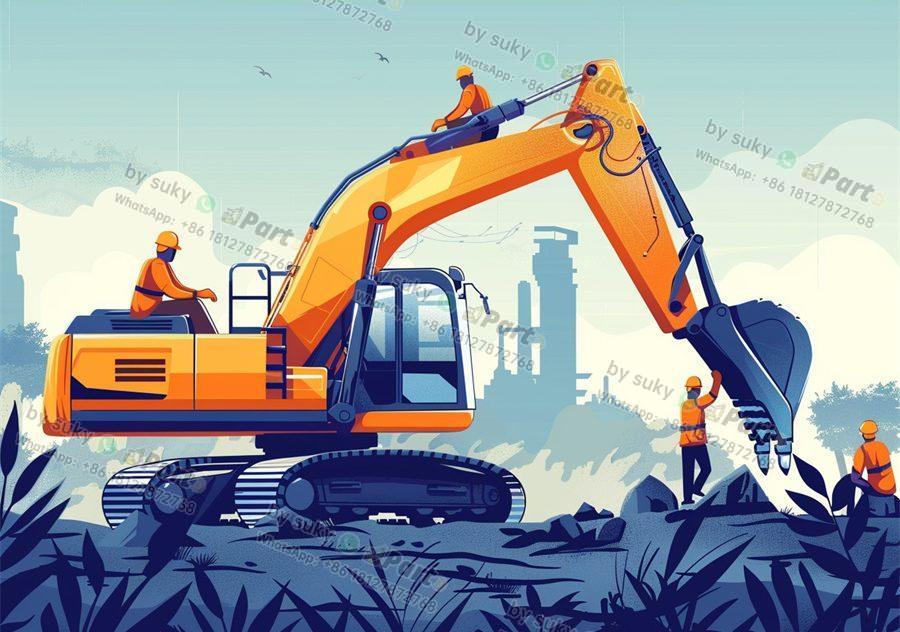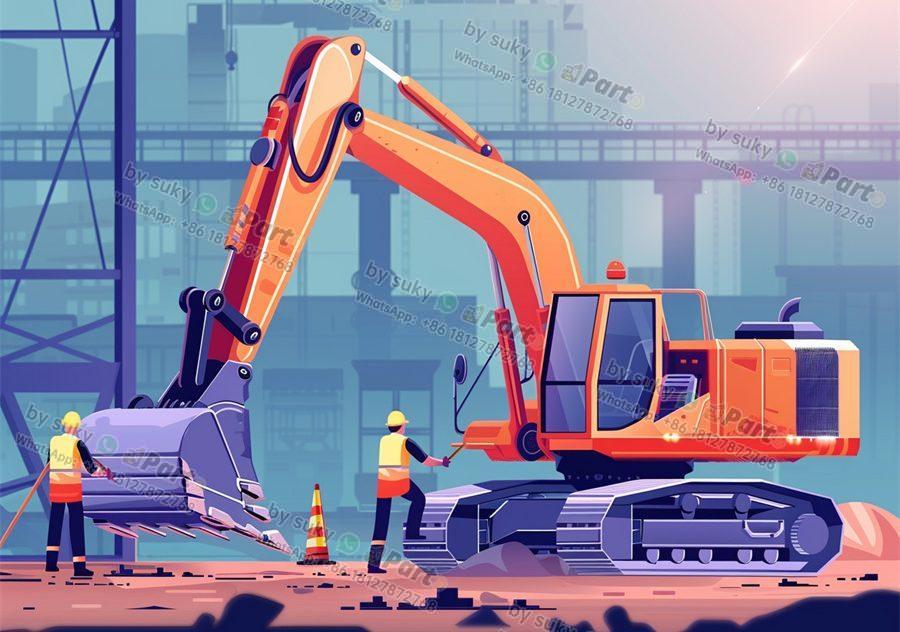Excavator Part Hydraulic Cylinder
Introduction
As an importer or distributor of engineering vehicle parts, you understand the importance of quality components for the smooth operation of heavy machinery. One crucial part that plays a significant role in the functionality of excavators is the hydraulic cylinder. In this article, we will explore the key features of excavator part hydraulic cylinders and why it is essential to invest in high-quality products for your business.
What Is a Hydraulic Cylinder?
A hydraulic cylinder is a mechanical actuator that is used to generate linear motion and force using pressurized hydraulic fluid. In excavators, hydraulic cylinders are responsible for powering the boom, arm, and bucket movements, allowing for versatile and efficient operation on construction sites. These cylinders are designed to withstand heavy-duty usage and provide precise control for various tasks.
Key Features of Quality Hydraulic Cylinders
When sourcing hydraulic cylinders for excavator parts, there are several key features to consider. Look for cylinders that are made from high-grade materials such as alloy steel or stainless steel, ensuring durability and resistance to corrosion. The seals and O-rings should also be of superior quality to prevent leakage and ensure optimal performance. Additionally, consider the design and construction of the cylinder, as well as the compatibility with your excavator model.
Benefits of Investing in Quality Hydraulic Cylinders
By investing in high-quality hydraulic cylinders for excavator parts, you can expect several benefits for your business. These include improved reliability and efficiency of your machinery, reduced maintenance costs, and increased productivity on construction sites. Quality cylinders are designed to withstand harsh operating conditions and provide consistent performance, ultimately extending the lifespan of your equipment.
Conclusion
In conclusion, the hydraulic cylinder is a critical component of excavators, enabling precise and powerful movements for various applications. As an importer or distributor of engineering vehicle parts, it is crucial to invest in quality hydraulic cylinders to ensure the optimal performance and longevity of your excavator machinery. By prioritizing the key features and benefits of high-quality cylinders, you can enhance the efficiency and profitability of your business in the long run.

